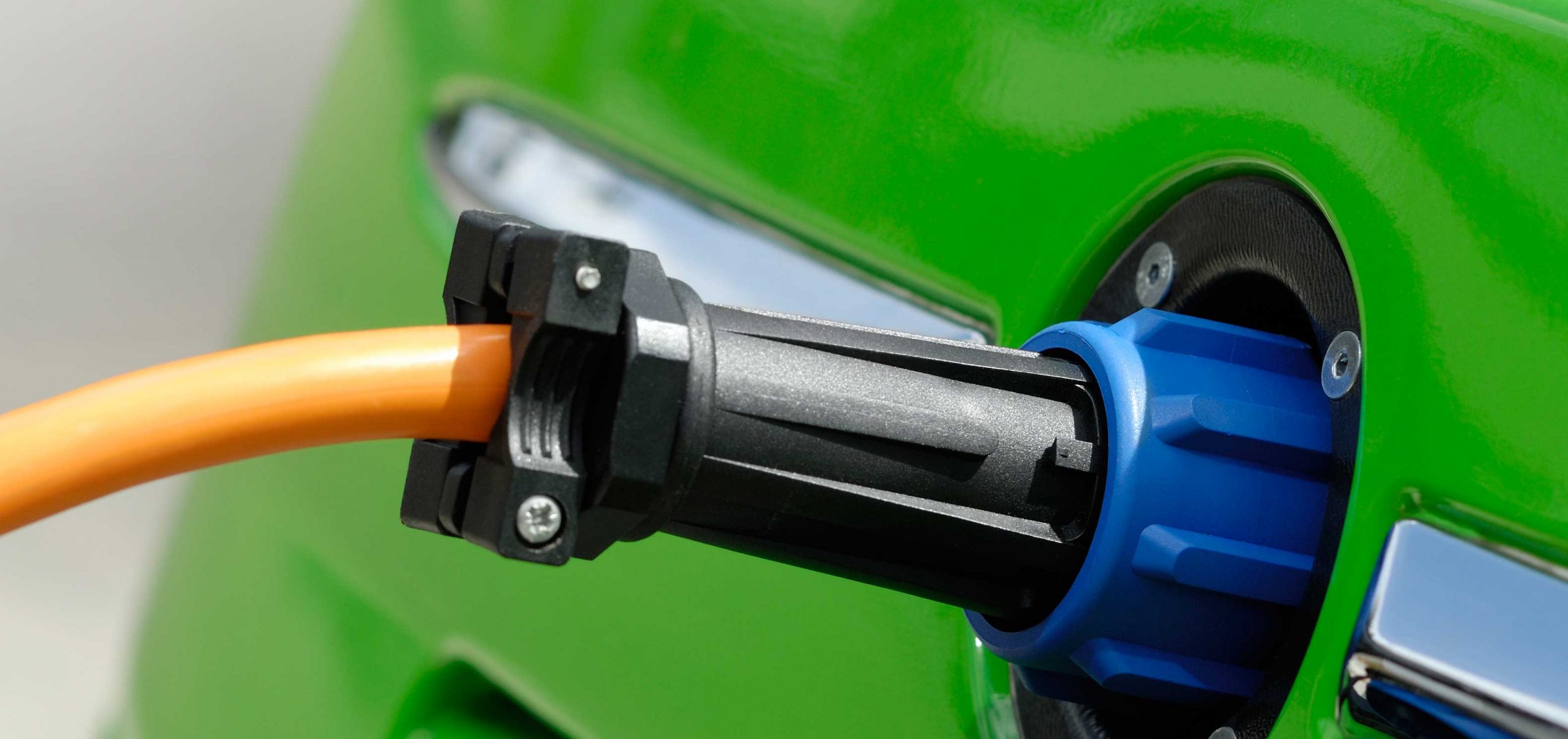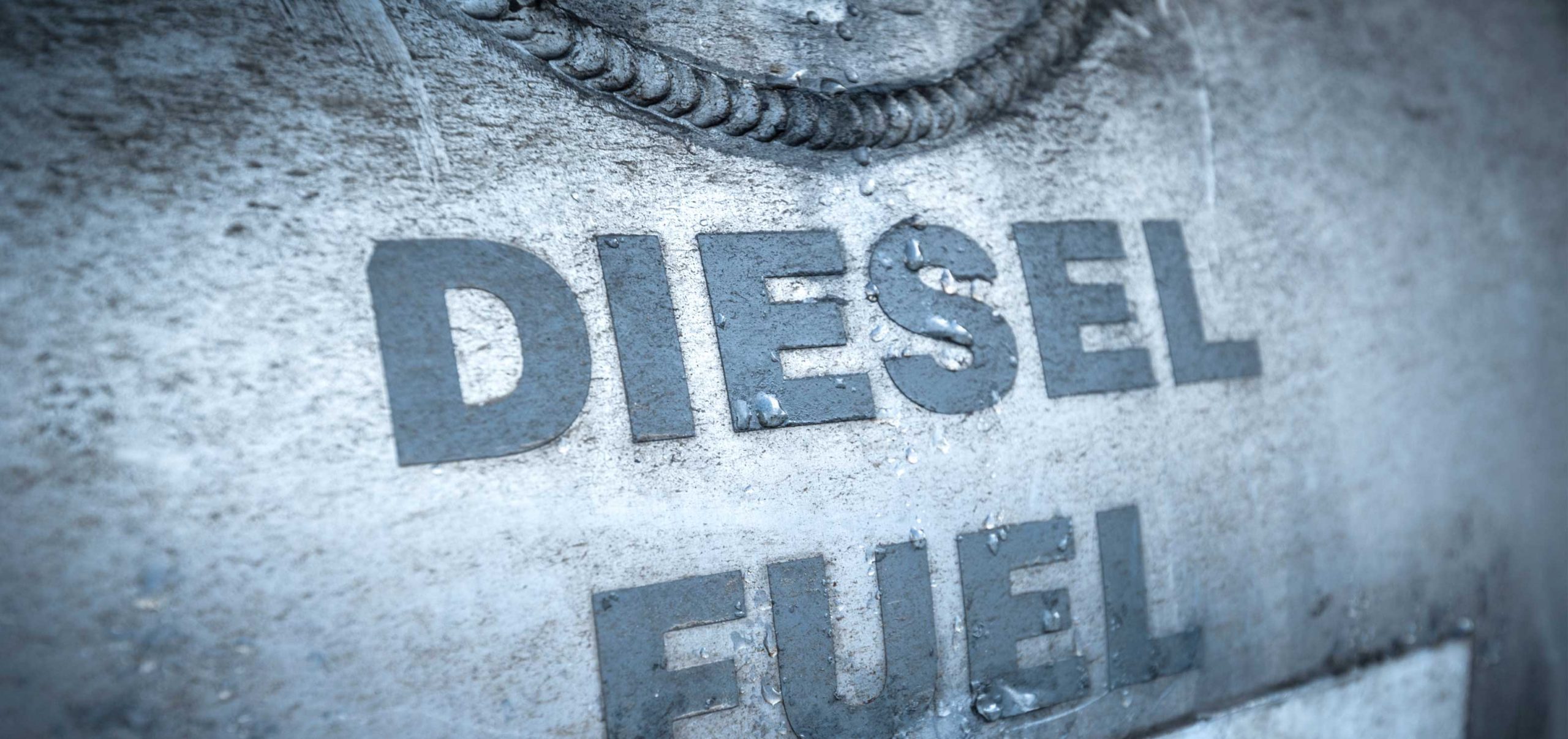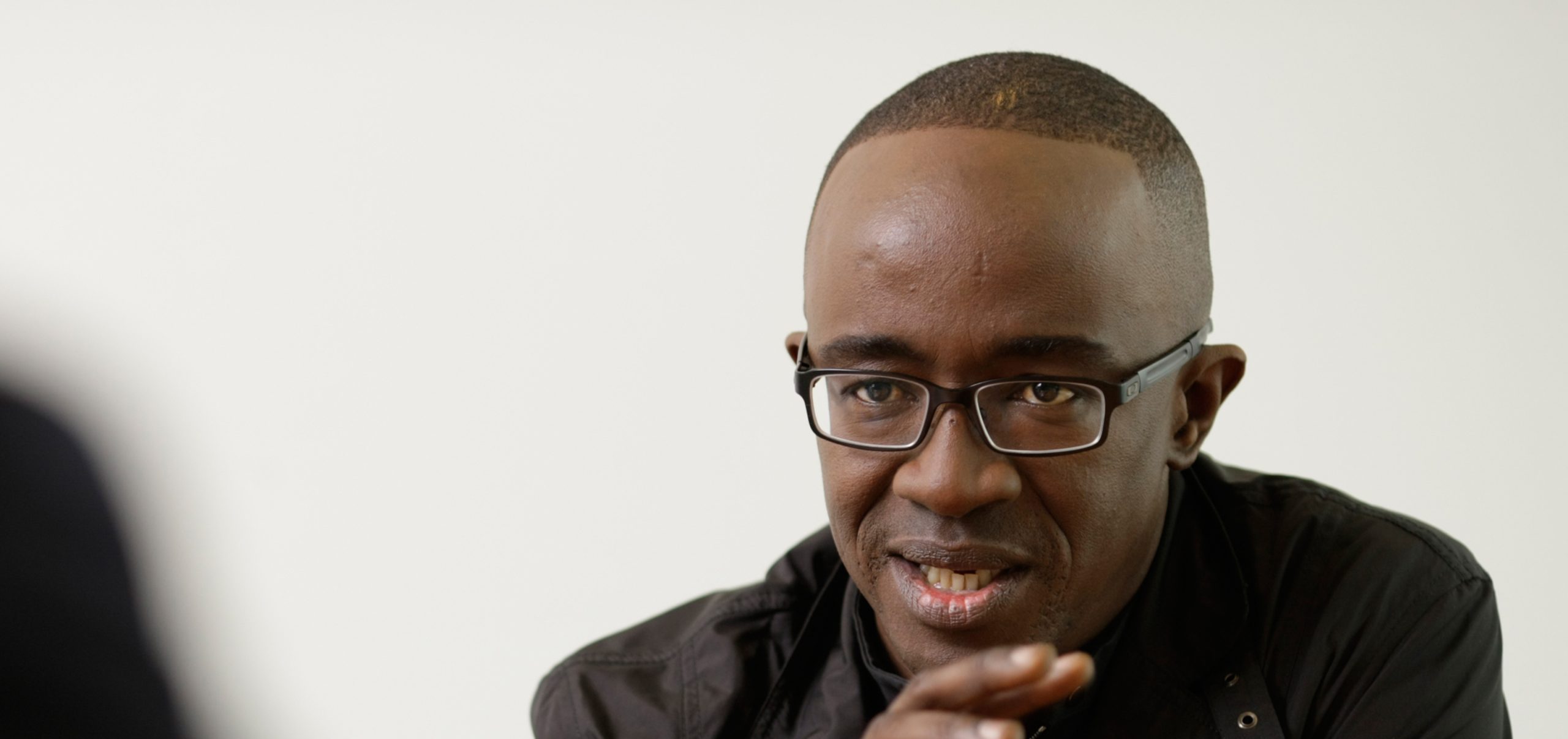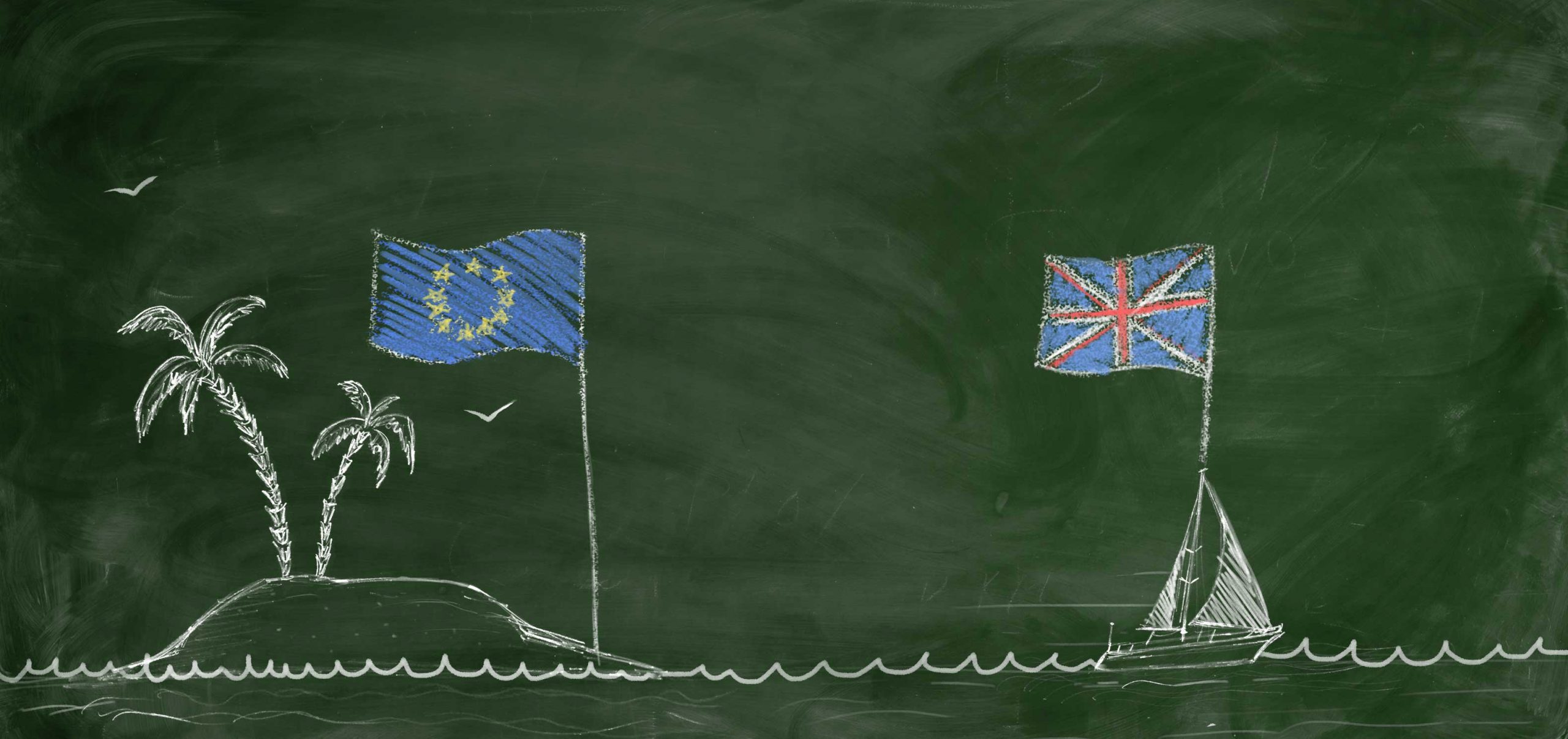
<!--[CDATA[
To really push ahead with electricity, gas and hydrogen – that’s the goal of the German national strategic framework (NSR) for the construction of infrastructure for alternative fuels. Subsidies for heavy goods transport are also included. The Federal Cabinet adopted the NSR on 9 November 2016. Paper is patient, the NSR is not. It specifies concrete goals and measures with which Germany is planning to promote the infrastructure development of alternative fuels, electricity, hydrogen and natural gas. For the Federal Republic this is in fact not a trial, but adherence to one of the fundamental requirements of the EU Directive 2014/94/EU. But a lot of things still have to be sorted out. It is thus that the proportion of alternative fuels based on renewable energy was merely 5.3 percent in 2015, which is not much, and even a decline of 0.3 percent compared to 2014. That is why the goals formulated by Transport Minister Alexander Dobrindt are all the more ambitious: “We support the ramp-up of alternative drive systems. We want to play a vital part in this development.” The key to achieve this is to build a nationwide charging and fuelling infrastructure – for all modes of transport and essential technologies: electro-mobility, fuel cell and natural gas. “We have therefore begun an infrastructure initiative for a transition within the national strategic framework – and have taken the lead in Europe with an investment volume of one billion Euros,” explains Dobrindt. “Thus Germany continues to be a pioneer of Mobility 4.0 and remains on course for our target of more mobility with less emissions.”
Development level very heterogeneous
A closer look at the individual fuel types shows that the current starting positions are quite different. LNG: So far there were no filling stations in Germany for liquefied natural gas (LNG), which is a suitable alternative fuel for heavy road transport. The first LNG trucks on German roads were supplied with fuel at filling stations in the Netherlands. The goal is to initiate a filling station network for the LNG supply of heavy duty vehicles along the Trans-European core transport network (TEN-V) by 2025. A project with obstacles. It is thus that the undeveloped fuel demand is delaying the construction of the German LNG filling station network. The reasons are the lacking supply of production trucks powered by LNG, and the favorable price of diesel. In addition, diesel trucks are currently able to meet EURO standards. The situation is different in the maritime sector. This is where stricter environmental legislation – particularly in the SECA areas (Sulphur Emission Control Area) – makes LNG more important. Although there are no terminals in German ports, the supply of LNG ships is nevertheless ensured through truck-to-ship bunkering. CNG: Compressed natural gas (CNG) has positioned itself at the forefront of development. This is where coverage that is largely in line with the EU directive has already been achieved. Hydrogen: The infrastructure for hydrogen, on the other hand, is rather limited. Since the end of 2016, there is now an initial network of 50 filling stations in Germany. The use of fuel cell technology for trucks is being considered. But demand and fuelling standards are still the subject of research. Electricity: Far more charging points – 5,836 (end of 2015) – are now available for electric vehicles, although so far the charging process takes place predominantly at the vehicle owner’s home. Clear standards have been defined for publicly accessible charging points in the charging station ordinance (LSV), which came into force on March 2016. However – even with the prospective development of 7000 rapid charging points and 36,000 normal charging points by 2020 – the truck sector is not yet "live": E-trucks are currently still too expensive and too much cargo space has to be reserved for the batteries.
Promotion of alternative fuels
The national strategic framework envisages an investment of around one billion euros.
| Fuel | Target | Measures by BMVI |
|---|---|---|
| Comprehensive mobility and fuel strategy (volume of EUR 268 million) | ||
| Electricity | Construction of a needs-based area-wide network | Development program "Charging Infrastructure for Electric Mobility", market incentive package for 5,000 rapid-charge points and 10,000 normal charging points (volume of EUR 300 million, duration 2017-2020) |
| Support of municipalities with the procurement of electric vehicles and development of charging infrastructure | Development program "Electro-mobility on Location" (volume EUR 140 million, EUR 35 million per year) | |
| Construction of a needs-based area-wide network | Fitting of all highway rest areas with quick-charging stations | |
| Compressed natural gas (CNG) | By 2025, construction of a filling station network along the TEN-T (approx. 150 km distance between stations) | 900 filling stations in operation, coverage according to EU Directive 2014/94/EU already largely given |
| Liquefied natural gas (LNG) | By 2025, construction of a filling station network for heavy road transport along the TEN-V; Expansion of LNG supply of ships in ports in accordance with demand | Promotion of initial demonstration projects (vehicle procurement, LNG power packs for shore-side electricity provision of ships) |
| Refitting of ships with LNG power units | Elaboration of a BMVI funding program | |
| Hydrogen | Construction of 100 filling stations by 2020, 400 stations by 2025 | Further development and market establishment of hydrogen and fuel cell technology in the context of NIP, National Innovation Program for Hydrogen and Fuel Cell Technology (investment volume EUR 247 million, 2016-2019) |
| 50 filling stations program (promoted by NIP) | ||
| Support of H2 Mobility Germany (platform for the development of the nationwide hydrogen filling station network) | ||
The national strategic framework is not actually a static initiative. Instead, the federal government sees it more like a learning strategy that is regularly reviewed during the ongoing process of implementation of the EU directive and adjusted if necessary.



